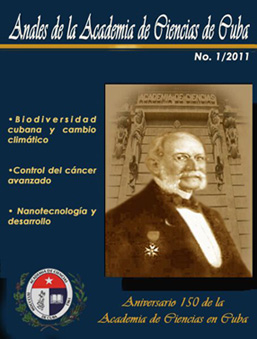EL INSTITUTO DE MEDICINA TROPICAL PEDRO KOURI, UNA INSTITUCIÓN PARA CUBA Y LA HUMANIDAD
Abstract
El trabajo desarrollado por su fundador, el Profesor Pedro Kourí, dentro del campo de lainvestigación parasitológica hizo posible que este instituto alcanzara merecido prestigio entre parasitólogos y otros especialistas dedicados a la medicina tropical en todo el mundo. Durante esa etapa el Instituto trabajaba solamente en el campo de la parasitología.
Entre las contribuciones realizadas en aquella época pueden señalarse las primeras
descripciones de casos de fasciolosis humana y un método original para su diagnóstico, así como su tratamiento exitoso. También se mejoraron considerablemente algunas técnicas de examen parasitológico y se realizaron aportes a la descripción y caracterización de nuevas especies de parásitos. Se describió la tricocefaliasis masiva infantil, con prolapso rectal, que en ocasiones causaba la muerte a niños pequeños, enfermedad para la cual se introdujo un tratamiento efectivo. Fue también un aporte significativo la descripción por primera vez de la amibiasis cutánea, enfermedad que era confundida con el cáncer de piel lo que tuvo un amplio debate en la comunidad médica cubana.
Downloads
Downloads
Published
How to Cite
Issue
Section
License
The journal Anales de la Academia de Ciencias de Cuba protects copyright, and operates with a Creative Commons License 4.0 (Creative Commons Attribution-NonCommercial License 4.0). By publishing in it, authors allow themselves to copy, reproduce, distribute, publicly communicate their work and generate derivative works, as long as the original author is cited and acknowledged. They do not allow, however, the use of the original work for commercial or lucrative purposes.
The authors authorize the publication of their writings, retaining the authorship rights, and assigning and transferring to the magazine all the rights protected by the intellectual property laws that govern in Cuba, which imply editing to disseminate the work.
Authors may establish additional agreements for the non-exclusive distribution of the version of the work published in the journal (for example, placing it in an institutional repository or publishing it in a book), with recognition of having been first published in this journal.
To learn more, see https://creativecommons.org






